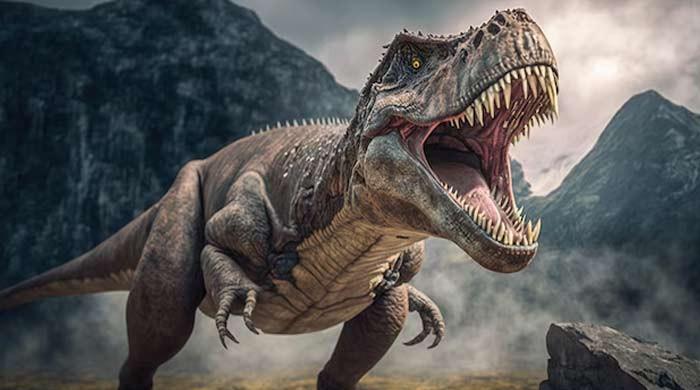Some 180 million years ago, some dinosaurs may have gained the ability to control body temperature early in the Jurassic period and thus became first warm-blooded terrestrial reptiles, as per a new study led by experts from University College London (UCL) and the University of Vigo.
This ability is a trait shared by all mammals and birds today, according to Science Daily.
Dinosaurs were thought to be slow-moving, “cold-blooded” creatures, similar to contemporary reptiles, that relied on solar heat to maintain their body temperature in the early 20th century.
Recent findings suggest that some dinosaur species may have been able to produce their own body heat, though it’s unclear when this adaptation happened.
Using 1,000 fossils, climate models, historical maps, and the evolutionary trees of dinosaurs, the new study, which was published in the journal Current Biology, examined how dinosaurs dispersed throughout Earth’s climates during the Mesozoic Era, which spanned 230 to 66 million years ago.
The researchers discovered that during the Early Jurassic, two of the three main groups of dinosaurs—Theropods, which included species like T rex and Velociraptor—and Ornithischians, which included relatives of the plant-eating dinosaurs Stegosaurus and Triceratops—moved to colder climates.
This suggests that during this time, these dinosaurs may have developed endothermy, or the capacity to generate heat internally. On the other hand, the other major group, the Sauropods, which includes the Diplodocus and the Brontosaurus, stayed in the planet’s warmer regions.

Dr. Thomas Hughes is a UK-based scientist and science communicator who makes complex topics accessible to readers. His articles explore breakthroughs in various scientific disciplines, from space exploration to cutting-edge research.







